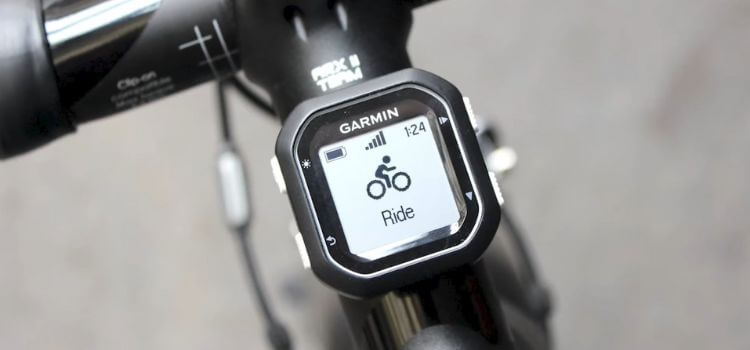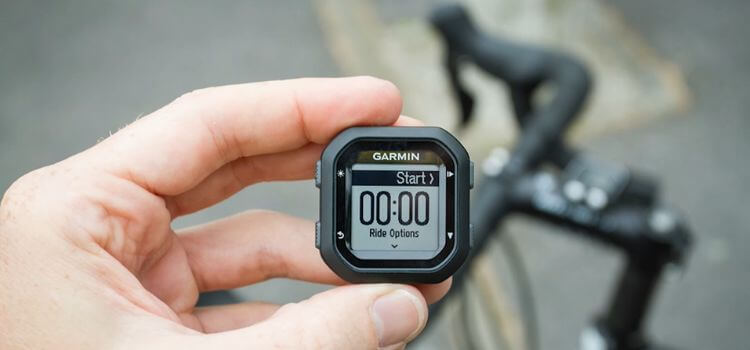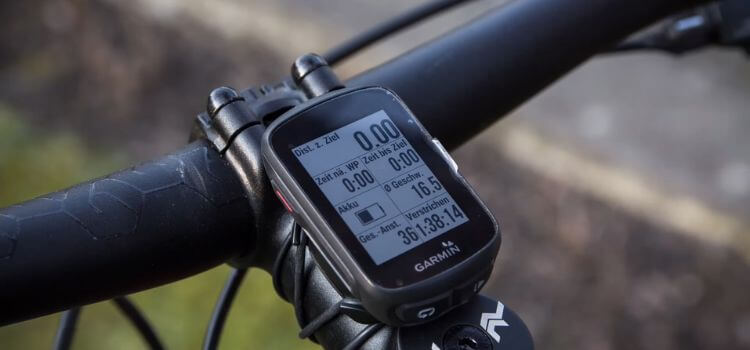As an Amazon Associate, I earn from qualifying purchases
Welcome to our comprehensive guide on How to Choose a Bike Computer – your go-to resource for selecting the perfect cycling companion to enhance your riding experience. In the world of cycling, a reliable bike computer is an essential tool that provides valuable insights into your performance, navigation, and overall enjoyment on the road or trail. Whether you’re a seasoned cyclist or just starting, navigating the myriad options available can be overwhelming. Fear not! Our expertly crafted guide will walk you through the key factors to consider when choosing a bike computer, ensuring you make an informed decision tailored to your specific needs. Join us as we demystify the world of bike computers and empower you with the knowledge needed to pedal confidently into the digital age. Let’s dive in and discover the perfect ride companion for your cycling adventures.
Understanding Bike Computers

Before delving into the specifics of choosing a bike computer, it’s crucial to understand what these devices are and their range of functions.
What is a Bike Computer?
A bike computer is an electronic device that attaches to your bicycle and provides real-time information about your ride. This information can include speed, distance, time, cadence, power output, heart rate, elevation, temperature, and more. Some advanced models even offer GPS navigation capabilities, allowing cyclists to map their routes, track their rides, and explore new areas easily.
Key Benefits of Using a Bike Computer
Performance Monitoring: Bike computers allow cyclists to track their performance metrics, such as speed, cadence, and power output, enabling them to analyze and improve their riding performance.
Navigation: With in-built GPS navigation, riders can explore new routes, follow turn-by-turn directions, and find their way home effortlessly.
Data Analysis: By recording and storing ride data, bike computers enable cyclists to review and analyze past rides, helping them set and achieve their riding goals.

How to Choose the Right Bike Computer
When shopping for a bike computer, several key factors must be considered to ensure you select the best device for your cycling needs. Here’s a detailed breakdown of the most crucial considerations:
1. Determine Your Riding Style and Needs
The first step in choosing a bike computer is to assess your riding style and the type of information you want to track. Are you a recreational rider who wants to monitor speed and distance, or are you a serious athlete who requires advanced performance metrics such as power output and cadence? Understanding your needs will help you narrow down the features and functionalities required in a bike computer.
2. Consider Data Display and User Interface
Bike computers come with various display sizes, resolutions, and user interfaces. Some models have basic monochrome displays, while others feature large, high-resolution color screens with touchscreen functionality. Consider the information you want to see during your rides and choose a collection that suits your preferences and visibility requirements.
3. Evaluate GPS and Navigation Features
Suppose you frequently ride in unfamiliar areas or enjoy exploring new routes. A bike computer with comprehensive GPS and navigation capabilities is essential. Look for devices that offer accurate mapping, turn-by-turn navigation, and the ability to download and follow pre-planned routes.
4. Connectivity and Sensor Compatibility
Modern bike computers often come with wireless connectivity options, enabling riders to sync
their data with smartphones, computers, and fitness-tracking apps. Additionally, many devices are compatible with Bluetooth and ANT+ sensors, such as heart rate monitors, power meters, and cadence sensors, allowing cyclists to gather and analyze various performance data.
5. Battery Life and Durability
Consider the battery life and durability of the bike computer, especially if you engage in
long-distance rides or off-road cycling adventures. Look for devices with long-lasting rechargeable batteries and robust, weather-resistant construction that can withstand the rigors of outdoor cycling.
6. Budget and Cost
Bike computers are available in a wide price range, from budget-friendly basic models to high-end devices packed with advanced features. Set a budget based on your requirements and research various models to find the best value for your money.

Frequently Asked Questions On How to Choose a Bike Computer
1. What Metrics Do You Need to Monitor?
Before choosing a bike computer, consider what metrics are most important to you. If you’re a competitive cyclist, you may want a computer that tracks advanced performance metrics such as power output and cadence. Basic metrics like speed, distance, and time may be sufficient for recreational riders.
2. Do You Need GPS Navigation?
Suppose you often explore new routes or commute on your bike. A bike computer with GPS navigation can be immensely helpful in that case. Look for a laptop with accurate mapping and turn-by-turn directions to keep you on the right path during your rides.
3. What Display Size and Features Are Suitable for You?
The display size and features of a bike computer can vary widely. Consider whether you prefer a compact and basic display for essential metrics or a larger, full-color screen for displaying detailed maps and additional data. Some bike computers also offer touchscreen functionality for easy navigation through menus.
4. Is Connectivity Important to You?
Many modern bike computers offer wireless connectivity, allowing you to sync data with smartphones and other devices. Some models also support Bluetooth and ANT+ connectivity for pairing with heart rate monitors, power meters, and other fitness sensors.
5. What Is Your Budget?
Bike computers come in a wide price range. Before making a purchase, establish a budget and consider the features that are most important to you. While advanced models with extensive features may come with a higher price tag, there are also budget-friendly options that offer the essential functions most cyclists require.
Conclusion
Choosing the right bike computer involves considering your needs, preferences, and budget. By understanding the key features and functionalities available, you can make an informed decision that enhances your cycling experience.
Remember, the best bike computer is the one that seamlessly integrates into your cycling routine, providing the information you need while allowing you to focus on the ride ahead.
For more biking guides and product reviews, stay tuned to our website for the latest updates!
As an Amazon Associate, I earn from qualifying purchases
